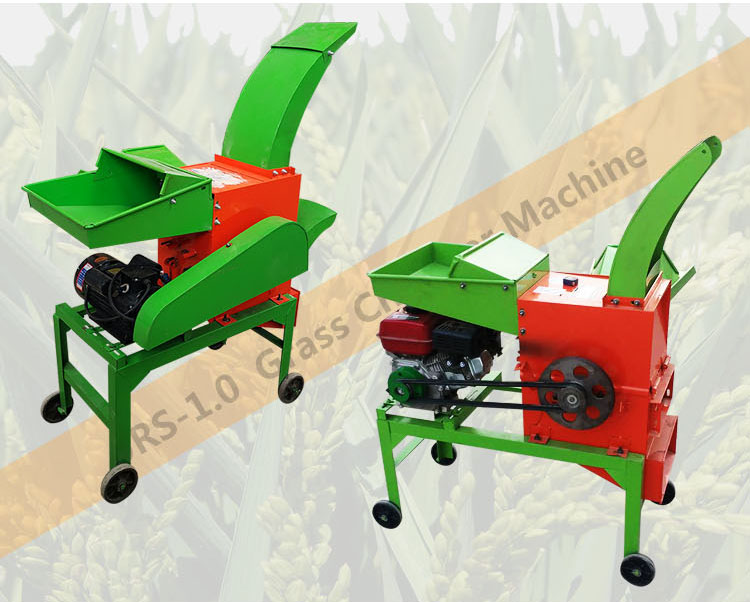layer chicken cage
Oct . 10, 2024 16:54 Back to list
layer chicken cage
The Layer Chicken Cage An Overview of Modern Poultry Farming
In the realm of poultry farming, the advent of layer chicken cages has revolutionized the production of eggs, making it more efficient, cost-effective, and humane. These innovative cages have become a fundamental aspect of commercial egg-laying operations, allowing farmers to maximize space while ensuring the health and well-being of the birds.
What are Layer Chicken Cages?
Layer chicken cages are specially designed confinement systems that house hens specifically for egg production. Unlike traditional barn or free-range systems, which allow chickens to roam freely, these cages are organized in tiered, stacked arrangements, providing an optimal solution for space management. Each cage typically accommodates a few hens, allowing for efficient feeding, monitoring, and egg collection.
Benefits of Layer Chicken Cages
One of the primary advantages of layer chicken cages is the significant increase in productivity. By stacking cages vertically, farmers can house more chickens in a much smaller footprint, leading to higher egg output without the need for additional land. This is particularly beneficial in urban settings or areas where space is limited.
Additionally, layer cages facilitate better management of the birds. Feeding and watering systems can be automated, reducing labor costs and ensuring that each hen receives a consistent supply of nourishment. Furthermore, the design of these cages minimizes the risk of disease transmission, as the birds are kept in controlled environments. This containment helps to prevent the spread of pathogens, leading to healthier flocks and more reliable egg production.
Animal Welfare Considerations
layer chicken cage

While layer chicken cages offer numerous advantages in terms of productivity and management, they have also faced scrutiny from animal welfare advocates. Critics argue that confinement in cages can lead to stress and behavioral issues among hens. As a response, many manufacturers have developed enriched cage systems that provide additional space and features, such as perches, nesting boxes, and dust baths, allowing hens to exhibit more natural behaviors.
In many regions, legislation has been introduced to promote more humane practices in poultry farming. Some places have moved toward cage-free systems, which allow hens more freedom to roam. However, this shift often leads to increased production costs and requires significant changes to farming practices.
Sustainability and Economic Impact
The use of layer chicken cages also plays a crucial role in the economic sustainability of poultry farming. By increasing efficiency, these systems help farmers reduce costs associated with feed, labor, and management. This can translate to lower prices for consumers, making eggs an accessible source of protein.
Moreover, the environmental impact of poultry farming is an important issue. Layer cages can contribute to more sustainable practices by optimizing resource use and reducing waste. With better control over the flock, farmers can manage waste more effectively, ensuring that it does not negatively impact the surrounding ecosystem.
Conclusion
Layer chicken cages represent a significant advancement in the poultry industry, combining efficiency with the capacity for improved management of egg-laying hens. While there are ongoing debates regarding animal welfare and the future direction of poultry farming, the innovations in cage design and management practices aim to address these concerns while maintaining productivity. As consumers become more informed and demand for ethical farming practices grows, the industry continues to evolve, seeking a balance between productive farming and the welfare of the animals involved. In this dynamic landscape, layer chicken cages will likely remain a pivotal component of modern poultry farming.
-
Automatic Feeding Line System-Pan Feeder Nipple Drinker|Anping County Yize Metal Products Co., Ltd.
NewsJul.29,2025
-
Hot Sale 24 & 18 Door Rabbit Cages - Premium Breeding Solutions
NewsJul.25,2025
-
Automatic Feeding Line System Pan Feeder Nipple Drinker - Anping County Yize Metal Products Co., Ltd.
NewsJul.21,2025
-
Automatic Feeding Line System Pan Feeder Nipple Drinker - Anping County Yize Metal Products Co., Ltd.
NewsJul.21,2025
-
Automatic Feeding Line System - Anping Yize | Precision & Nipple
NewsJul.21,2025
-
Automatic Feeding Line System - Anping Yize | Precision & Nipple
NewsJul.21,2025






